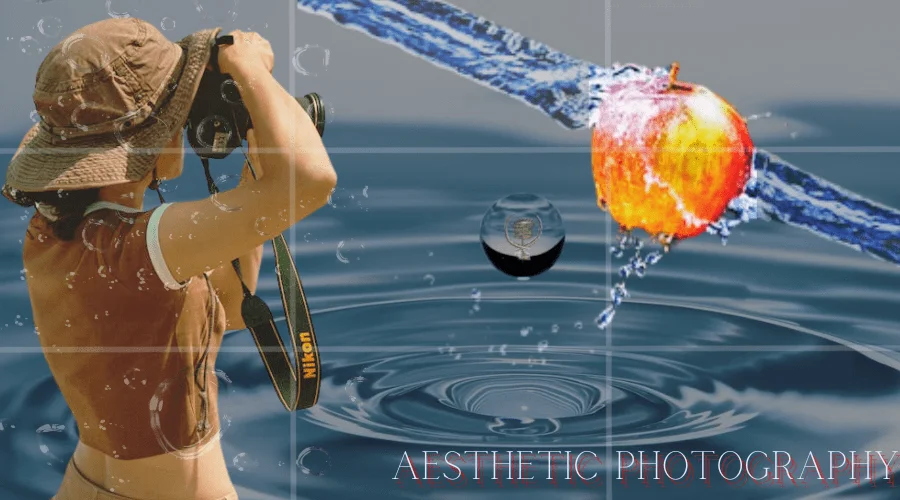Aesthetic photography is gaining popularity with time. If you are also looking for ways to develop your career in this genre of photography, you are at the right place.
Here you will learn everything about the ‘aesthetics’ in photography. I will describe to you all the elements of aestheticism in photography. So, you can cast these elements in your photography. Also, you will get some quick tips for creating mind-blowing photos. So, let’s start.
How Does Aesthetic Photography Differ from Regular Photography?
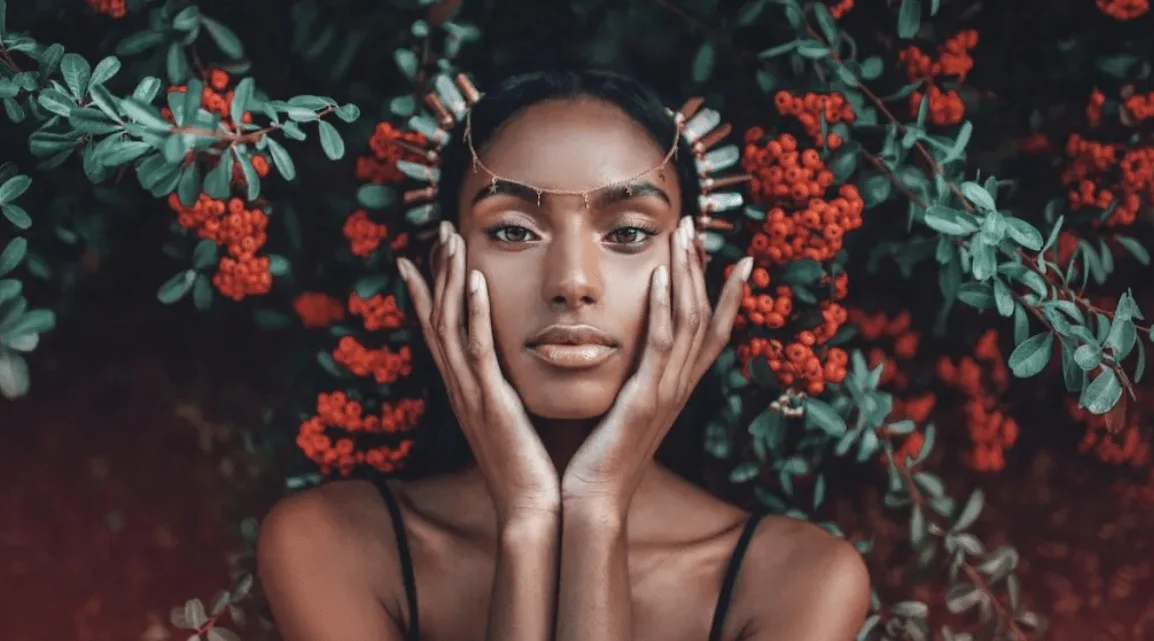
Aesthetic photography is the way of capturing photos that please the eye. The aesthetic photos evoke emotion in the viewer. It makes people thoughtful about finding a hidden fact or beauty.
Aesthetic photos are not bound to technical aspects. Sometimes a mindful photo catches our eyes even if the conventional rules of photography are absent. Technical photography ensures your picture is clear and well-exposed. But, aesthetic photographer uses that foundation to build something truly captivating.
It is all about the composition, lighting, and color that stirs something within the viewer. However, regular photography is about technically capturing a scene or subject. This could be for documentation, capturing a memory, or even technical purposes.
In aesthetic photography, creative and artistic choices are the main focus. In regular photography, the subject itself might not be inherently beautiful. But the photographer aims to accurately represent it.
So, the aesthetic photographers are like painters. They use the camera lenses to create stunning and emotionally charged images.
What Makes Aesthetic Photography So Important?
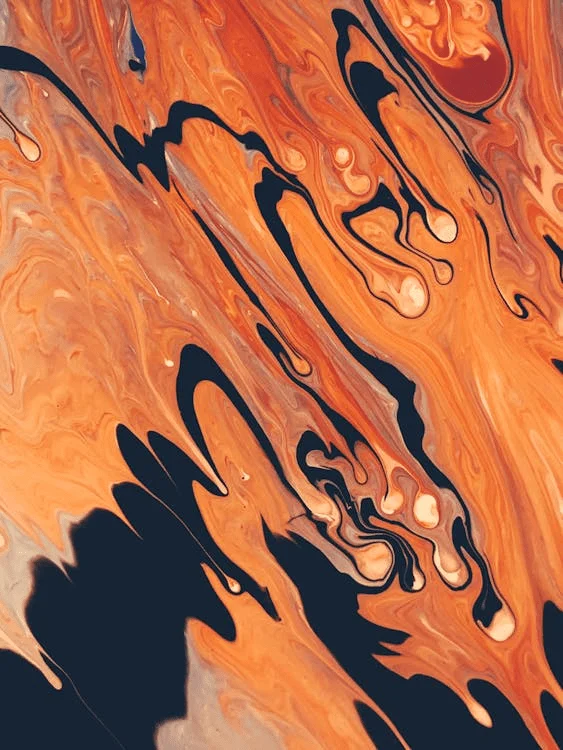
Photographers are working hard to gain aesthetics in their photos for several reasons. It allows them to go beyond the technical aspects and show their creativity at its best.
The aesthetics photoshoot helps the photographers to develop their unique style. The focus on emotions allows photographers to connect with viewers on a deeper level. It allows them to make a relationship with the audience. And they will get recognized by their photos. As a result, they can create a place in this field using this genre.
The aesthetic photos are the appreciation for beauty. So, these photos play a big role in visual culture, influencing trends in advertising and fashion. They are more likely to be shared in the online space.
Aesthetic Portrait Photography is popular for promoting brands. So, you can incorporate aesthetic photos for marketing to get more conversions.
Elements of Aesthetic Photography
The magic of “aesthetic” in photography lies in its elements. Let’s go through them to create visually stunning and emotionally evocative images.
A. Composition
Composition plays a vital role in creating aestheticism in your photography. Here are the key compositional elements of aesthetic photography:
A.1. Rule of Thirds
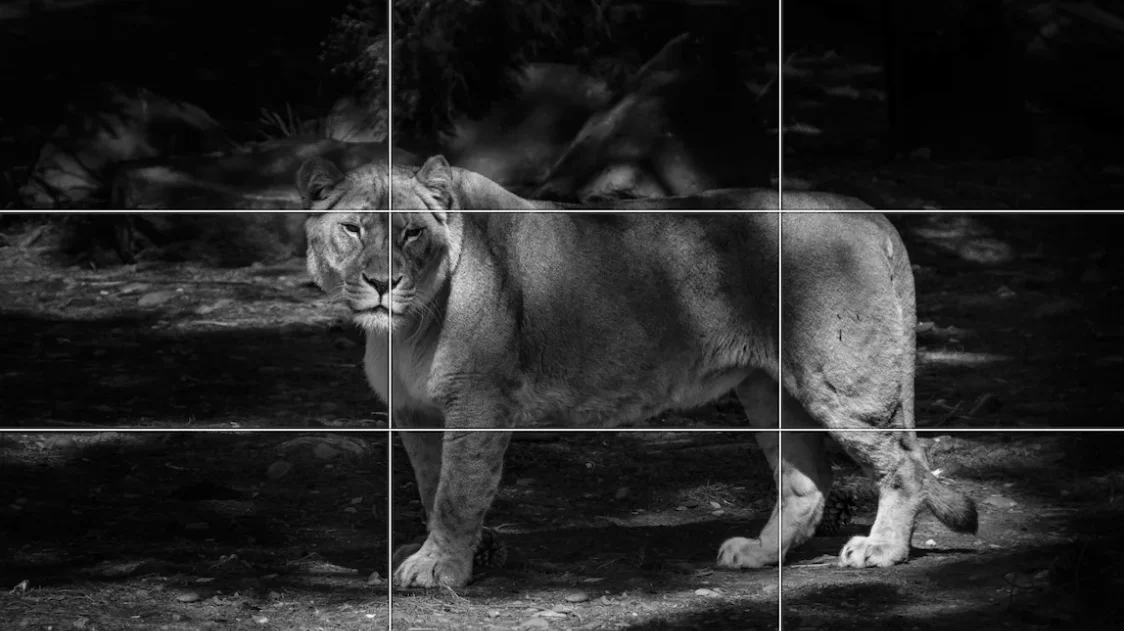
It is one of the very basic rules of photography. The rules of thirds will make your work easier to create a mind-boggling composition. You have to place the main components of your photo in one of the intersection points to see the magic. This creates a balanced and natural feel, as our eyes are naturally drawn to these areas.
A.2. Leading Lines
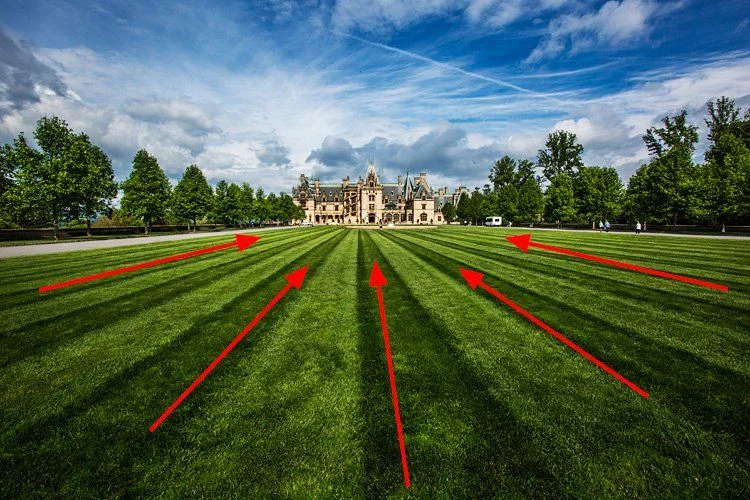
Lines within your image can be powerful tools to attract viewers. So, try to incorporate the roads, fences, rivers, or even a person’s gaze. These lines can lead the eye directly to your subject. As a result, it will add depth and a sense of direction to your image.
A.3. Negative Space
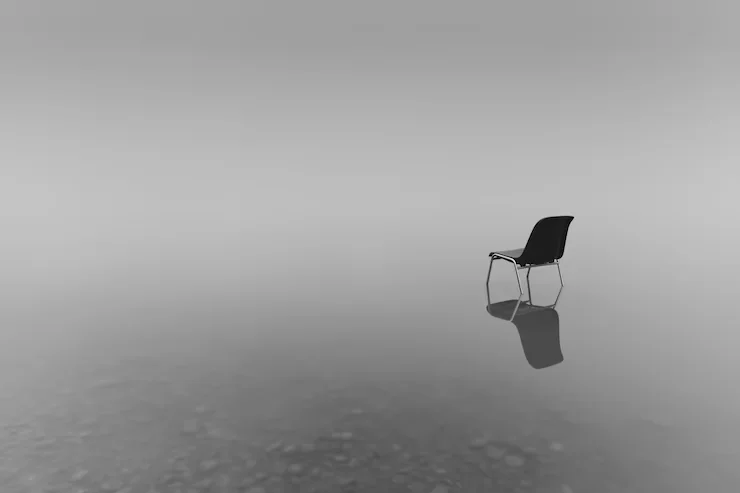
A space around your subject is also important for creating aesthetic photos. It will create a sense of calm. You can isolate your subject to enrich its grandeur. Also, it is helpful in evoking emotion. Casting the subject around a space makes the viewers thoughtful about the concept that lies in the photo.
A.4. Symmetry vs. Asymmetry
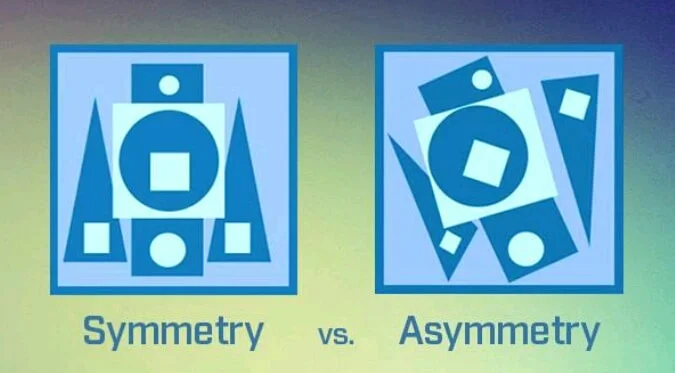
Symmetry means order and balance. Imagine a perfectly centered reflection in water or a building with identical columns on either side. Symmetrical compositions are pleasing to the eye and evoke a sense of peace.
Meanwhile, an asymmetric composition provides a more dynamic and interesting composition. Asymmetric composition is an effective way to portray a specific mood in your photos.
A.5. Headroom and Legspace
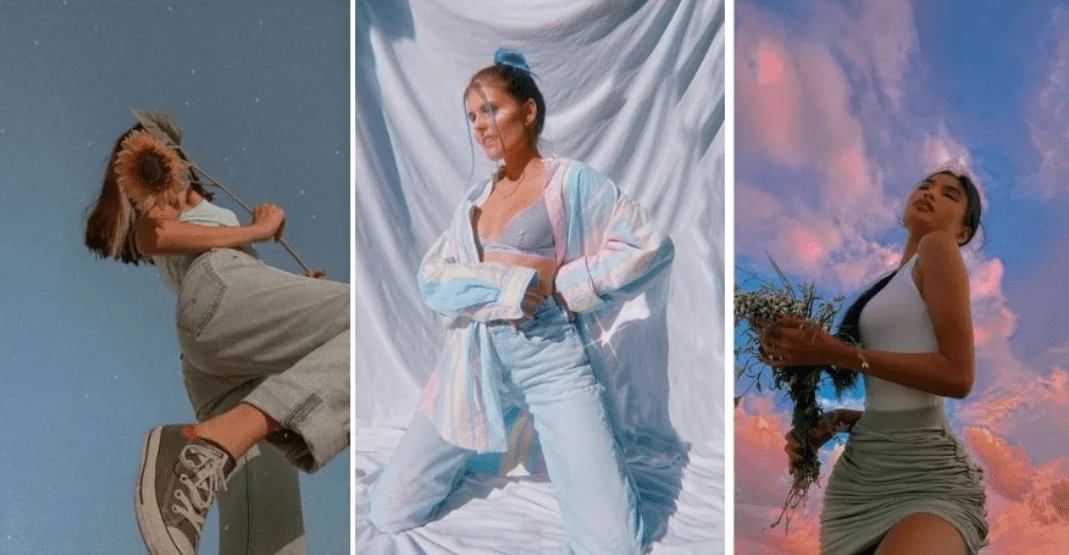
When photographing people, ensure you leave appropriate space above the head (headroom) and below the feet (legspace) to avoid a cramped feeling.
A.6. Patterns and Repetition
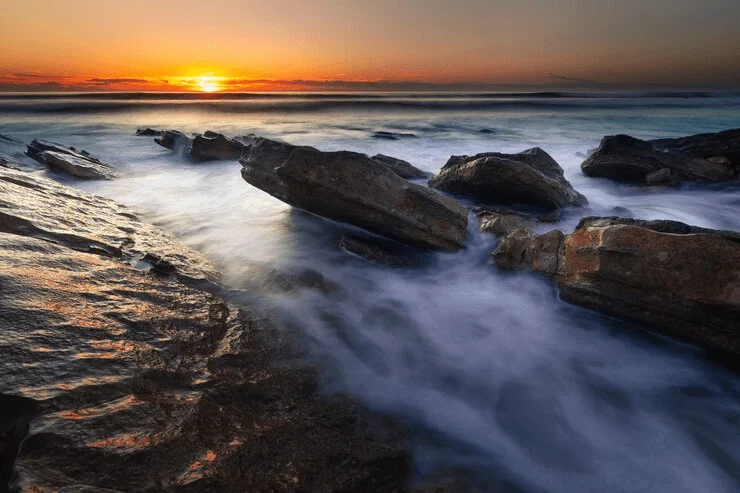
Patterns and repeated elements add interest and create a sense of rhythm within your photo. Look for patterns in architecture, natural formations, or even clothing.
B. Lighting
Here comes the 2nd most vital element in aesthetic photography. Lighting creates the mood, drama, and overall feel of your image. Let’s see how you can use lighting for aesthetic photos:
B.1. Natural Light
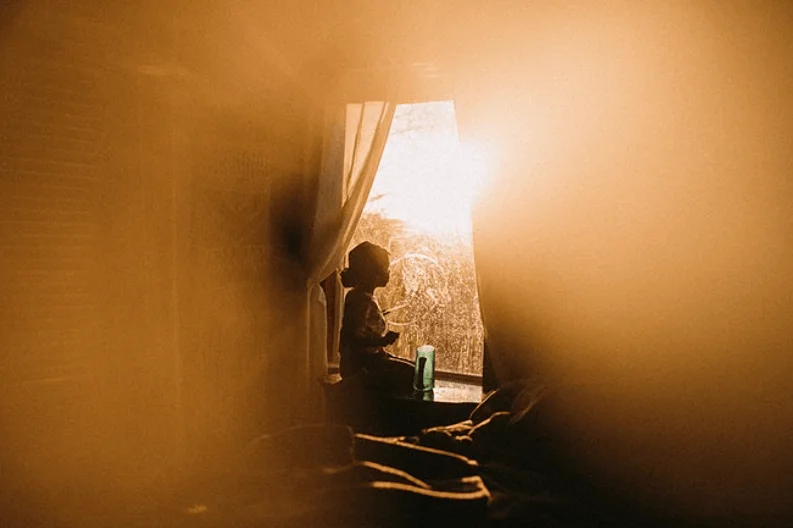
To create aesthetic photos, you must have the skill of using and manipulating natural light. It offers a variety of qualities at different times of the day. For example, in the morning you will get a soft and diffused light. It is perfect for creating a gentle and airy aesthetic.
On the other hand, the midday light is harsh. But, it offers a strong shadow which is ideal for bold, graphic compositions. And the golden hour creates magic in photography. It is the hour shortly after sunrise or before sunset. You can manipulate this warm, golden glow to create a perfect dreamy, and romantic atmosphere.
B.2. Artificial Light
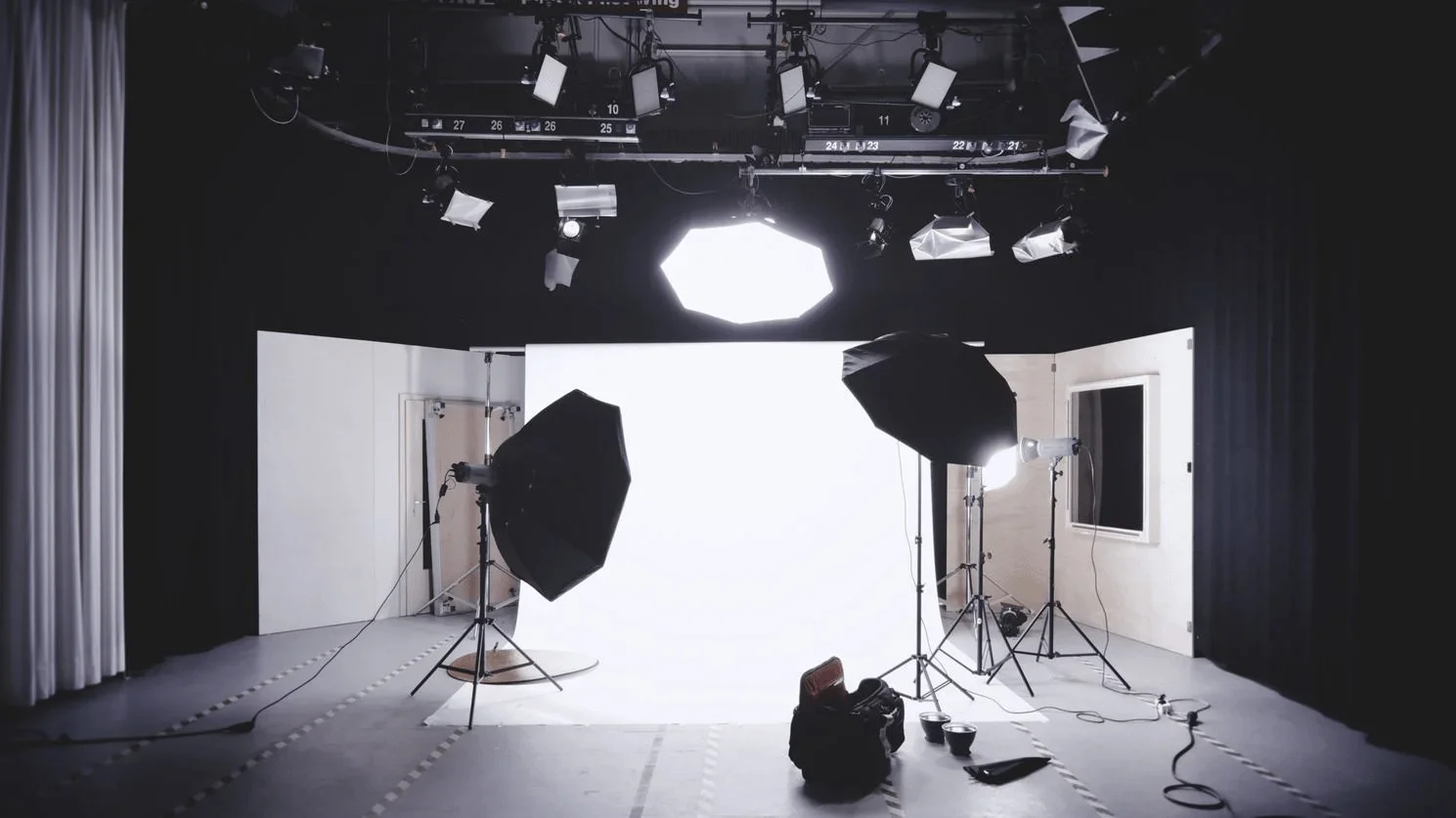
Natural light plays the main role in aesthetic photos. However, you can manipulate the artificial lighting to create drama in the photo. There are several artificial lighting sources available in the market. You can choose any of them based on your requirements.
For example, the Studio Strobes are powerful flashes. you can use them to freeze motion. On the other hand, the Softboxes offer diffuse harsh light sources. So, it helps create a softer and more flattering look.
B.3. Shadows and Highlights
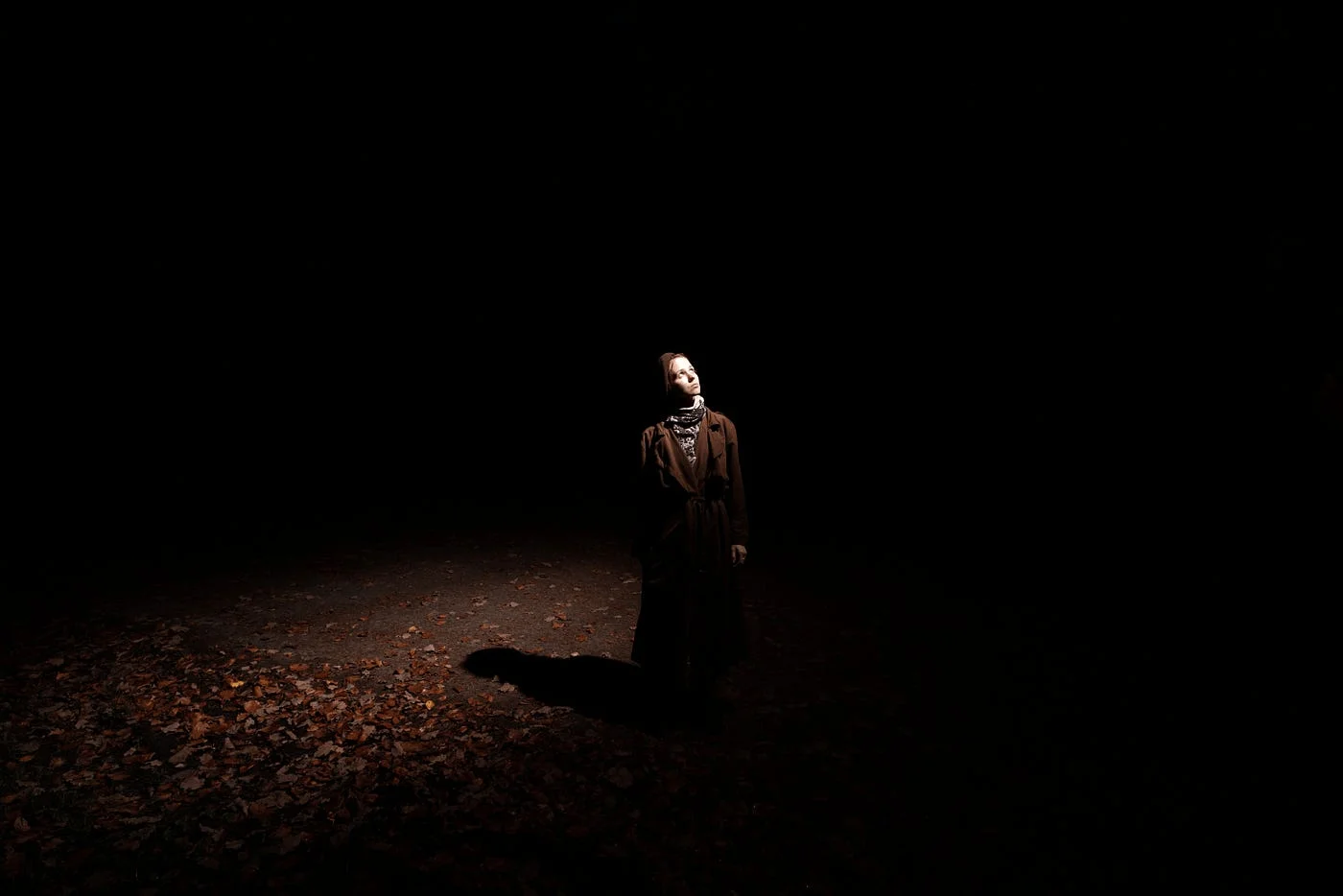
Shadows add depth, dimension, and mystery to your image. You can control them by adjusting your light source or using reflectors. Moreover, highlights are the brightest areas of your photo. So, make the best use of them to draw the viewer’s eye.
B.4. Light Direction
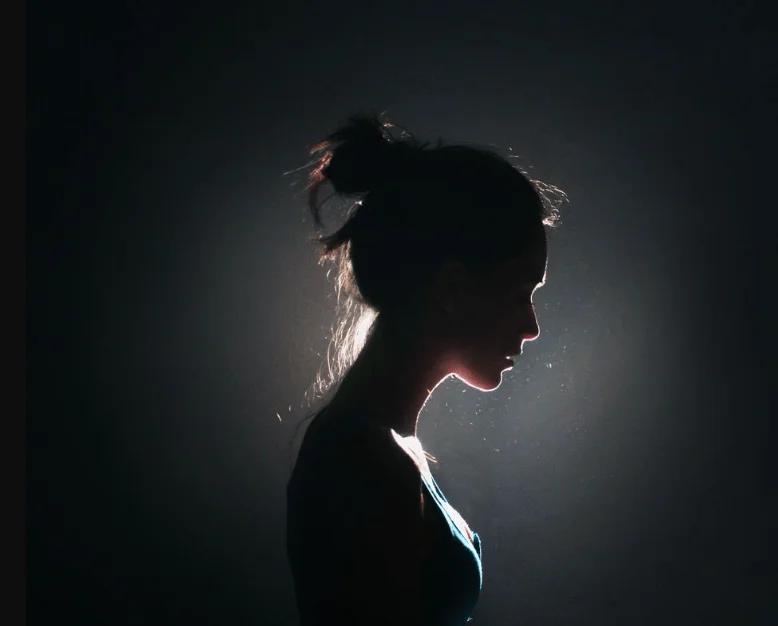
Light direction is the key to making the best use of light sources for your subject. So, you will need to experiment with the light direction to understand which direction creates aestheticism for your photos. You can use the front light to illuminate the subject from the front. It creates a flat look.
Meanwhile, the backlights are positioned behind the subject. They create a rim of light and a dramatic silhouette effect. You can also use the side lights to create strong shadows and highlight the texture.
C. Color
Color is one of the key differences between an aesthetic photo and a regular photo. Color means life. So, when you cast the perfect colors in your photo, it creates beauty.
C.1. Understanding Color Theory
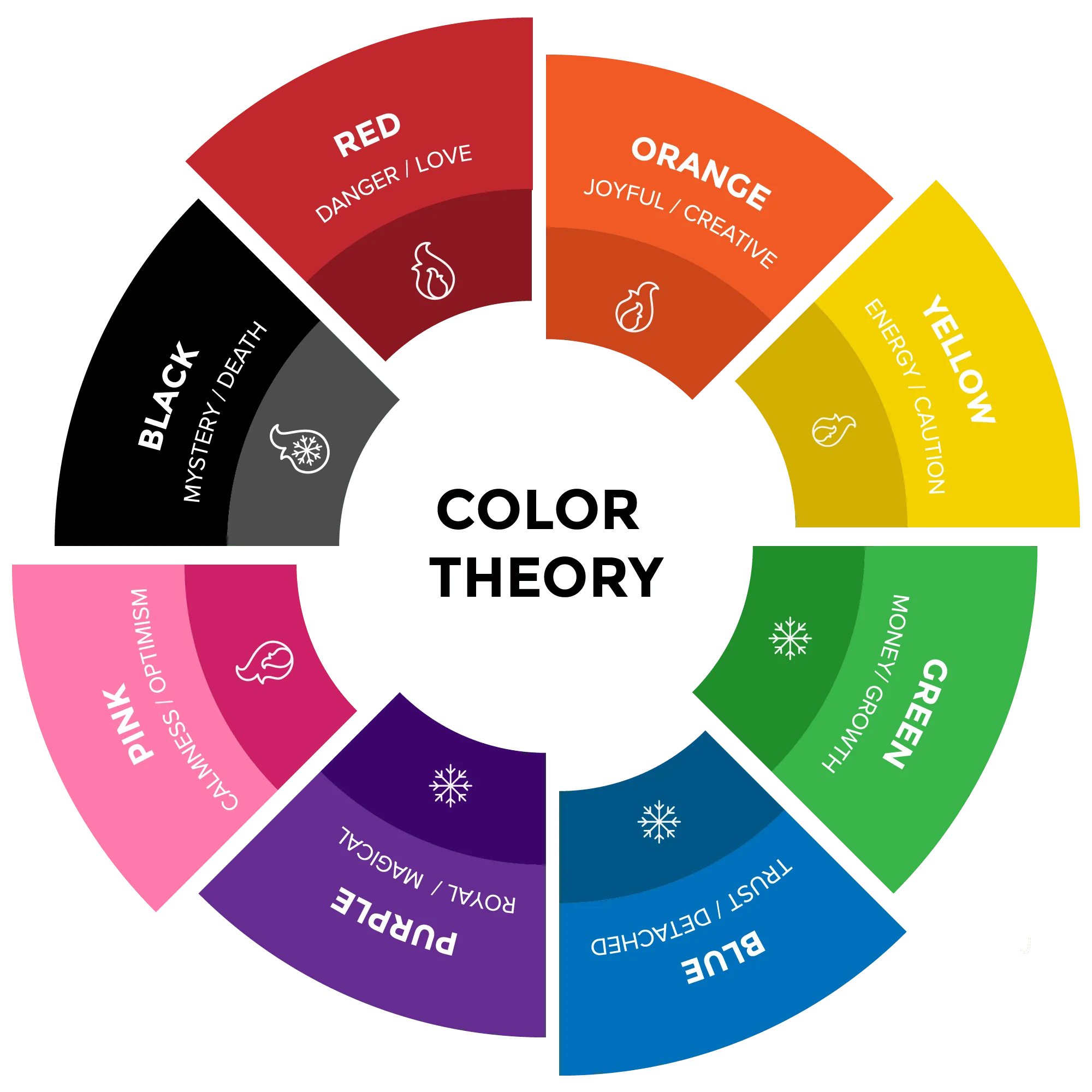
It is the first step to understanding the rules of playing with colors.
- Primary Colors: Red, yellow, and blue – the building blocks of all other colors.
- Secondary Colors: Green, orange, and violet – created by mixing primary colors.
- Tertiary Colors: A combination of primary and secondary colors, offering a wider range of hues.
- Complementary Colors: Colors opposite each other on the color wheel (e.g., red and green, blue and orange). They create high contrast and visual interest when used together.
- Analogous Colors: Colors that sit next to each other on the color wheel (e.g., blue, blue-green, green). They create a harmonious and pleasing look.
C.2. Color Palette
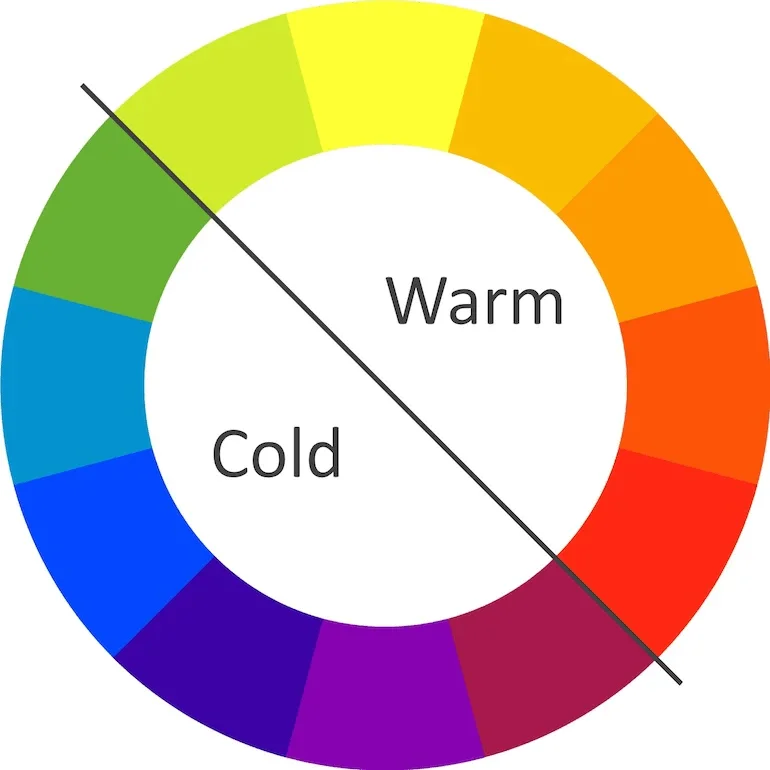
Understanding the color theory, you can go for a color palette that is best for your subjects. For example, the warm tones, are a combination of reds, oranges, and yellows. This tone is suitable to create a feeling of warmth, comfort, and energy. Perfect for creating a cozy or vintage look.
The cool tones are for the calmness and peace. You can choose this tone for natural aesthetics. The muted tones are the desaturated versions of any color palette. They offer a sophisticated and timeless look.
Here is an example of black-and-white photography:
C.3. Set the Mood
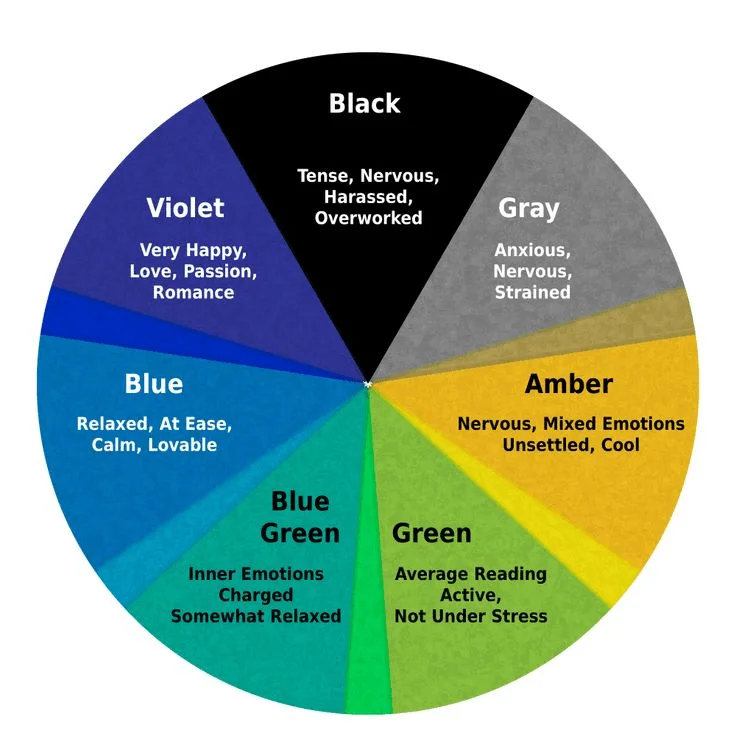
Colors have an inherent relationship with our psychology.
- Red: Passion, excitement, danger
- Orange: Enthusiasm, creativity, warmth
- Yellow: Happiness, optimism, energy
- Green: Nature, growth, peace
- Blue: Calmness, trust, security
- Purple: Luxury, mystery, creativity
So, experiment with colors and set harmony in casting colors in your photo. Thus you can tell a story and build an emotional connection with the viewers. Don’t be afraid to break the rules – sometimes unexpected color combinations can create truly stunning results.
Styles of Aesthetic Photography
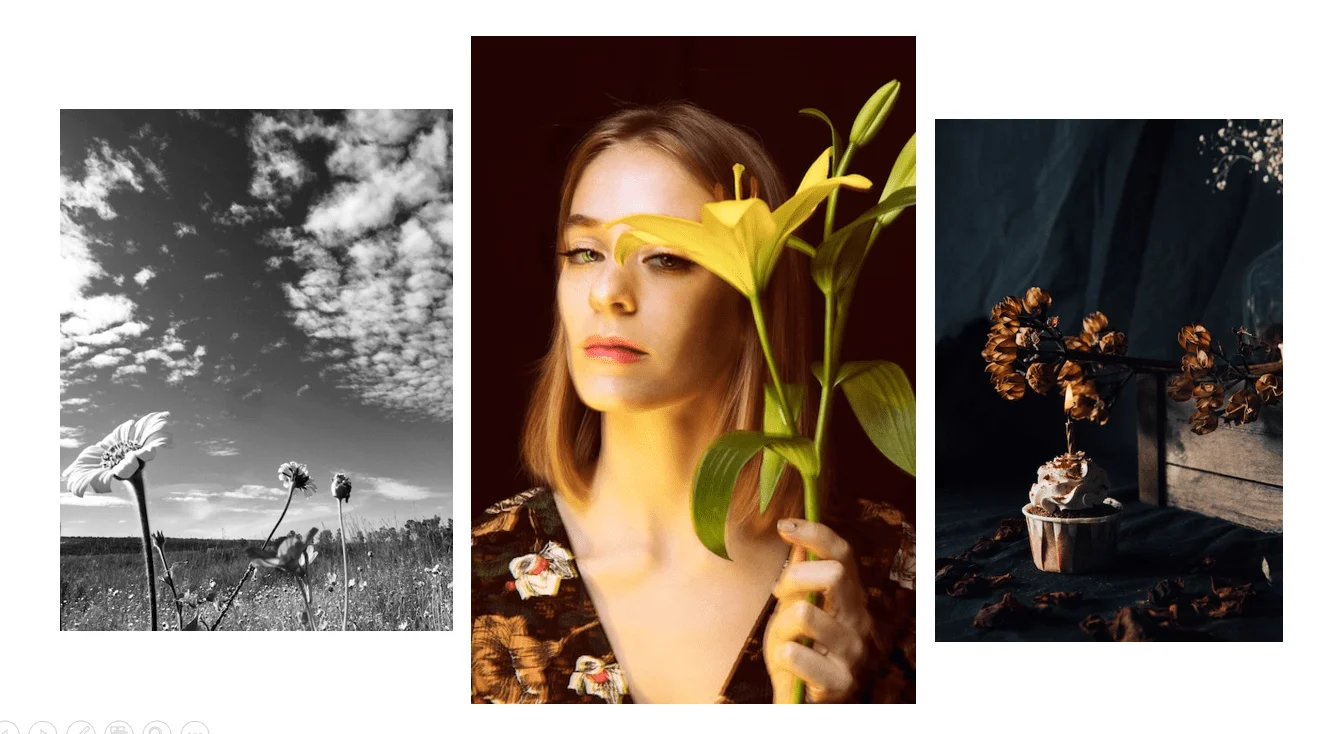
The world of aesthetic photography is so diverse. Aesthetic photographers plethora of styles. Let’s see some of the most popular styles in this genre:
- Minimalism: Minimalism is about clean lines, negative space, and a limited color palette. It focuses on a simple mood with serenity and elegance.
- Vintage: It is about warm tones, faded colors, and textures reminiscent of old photographs or films. It creates a mood of nostalgia, romance, and a touch of mystery.
- Dark & Moody: Focuses on deep shadows, dramatic lighting, and a cool color palette (blues, blacks). It creates a mystery mood.
- Light & Airy: a soft light with airy backgrounds. It creates peacefulness and a dreamy vibe.
- Pastel: This style casts soft, muted pastel colors throughout the image. An innocent nostalgic vibe you will get in these photos.
- Retro: Foeses on bold colors, and geometric patterns with elements reminiscent of a specific past era. It gives a touch of Skitch in the mood.
- Cinematic: Dramatic lighting, shallow depth of field, and compositions inspired by film techniques.
Essential Tips for Taking Aesthetic Photos
Let’s see some of the best tips for taking aesthetic photos:
Mind Your Surroundings
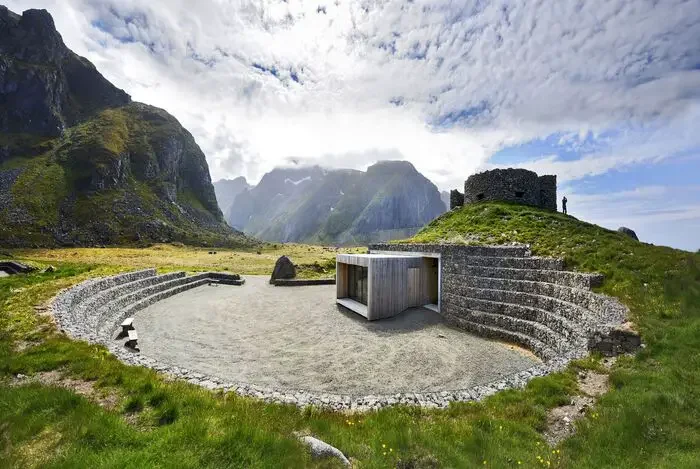
This is where you can find your elements for aesthetic photography. It allows you to create a harmonious and clutter-free environment in your photos. Imagine a workspace with a clean desk, organized shelves, and calming artwork. It promotes focus without any stress on your eyes.
The same goes for your wardrobe – well-maintained clothes that fit well and are organized by color or style make getting dressed a more enjoyable experience.
Museums and Art Galleries
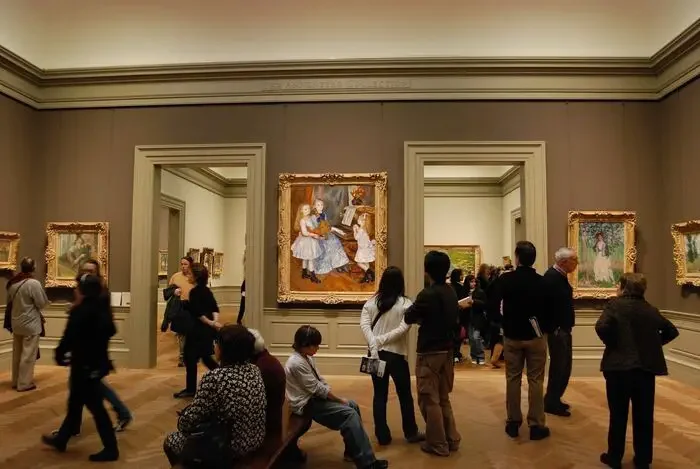
Museums and galleries showcase a wide range of artistic styles. Artworks themselves are masterclasses in composition. You can learn a lot of things by observing this artwork.
Observe how artists use lines, shapes, negative space, and color to create visually compelling pieces. Meanwhile, you can use these artworks as elements to create aesthetic photos.
Follow Other Photographers in This Field
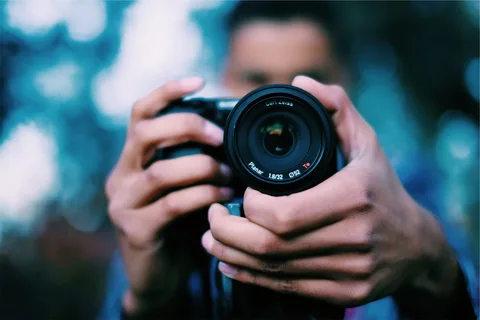
Explore the work of photographers who specialize in aesthetic photography. Thus you will get ideas, color palettes, and subject matter for creating mindful photos.
Following prominent photographers allows you to stay updated on the latest aesthetic trends in photography. This can help you incorporate these trends into your work while still maintaining your voice.
Bottom Line
Creating aesthetic photos requires practice and a particular skill set. Do not lose your home so early. Follow the popular photographers’ work to understand their techniques.
It is all bout how you portray the world through your lens. Experiment with angles, lighting, composition, and colors. These are the elements you need to use to turn an average-looking photo into an aesthetic one.
Do not worry about the technical aspects while capturing a scene. Fix the inconsistencies in the post-production. Photo editing agencies like Clipping World, the clipping path service provider can help you improve the aestheticism of your photos.
Check Our Latest Articles
- How Big Is A 4×6 Photo | Best Size in Pixels, CM, & Inches
- Best 20 Feet Picture Ideas and Pose Inspiration
- How to Format A Memory Card
FAQ
How to Find Aesthetic Pics?
Different websites offer aesthetic photos for free. You can visit Pexels, canvas, Freepik, or Unsplash to download your required photos.
What is the Aesthetic Quality of A Photo?
Aesthetic photos please the eyes of the viewers. So, all the qualities in your photo that appreciate the beauty of nature are aesthetic qualities. The elements like color, composition, lighting, and subject matter are the qualities aesthetic photographers try to bring into their photos.
Is Aesthetics Important in Life?
Yes, aesthetics in life is important. It allows us to think about our life out of the box. We can explore new things like culture, and beauty and use them in our social community.










